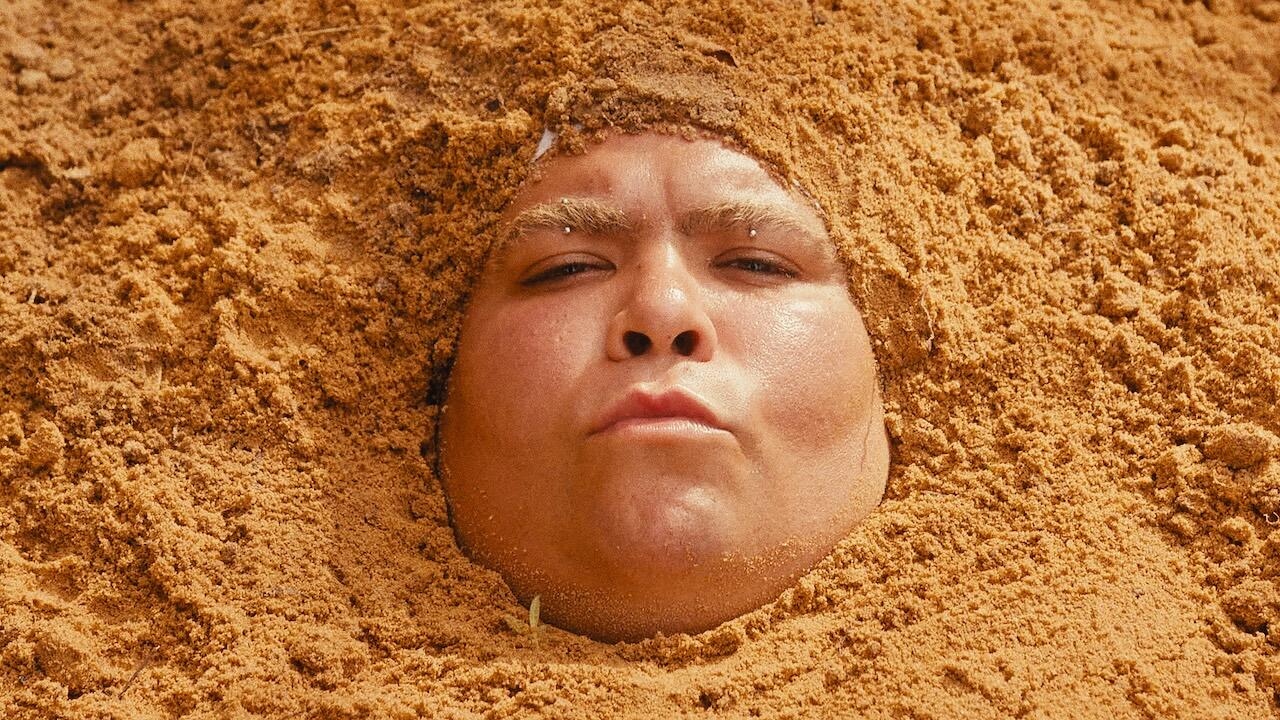Design at 24 Frames per Second
The director of Helvetica and Objectified discusses making films about design
The director of Helvetica and Objectified discusses making films about design

I learned the hard way that the documentary interview makes an awkward framework for facilitating a real discussion about anything. In November 2005, I set out to make a documentary about graphic design and typography. I wasn’t a designer myself; I wasn’t even a filmmaker. But my motivation was simple: I really wanted to watch a documentary about graphic design and typography, and I couldn’t find anything on Amazon. But I was (and still am) obsessed with the design of the world around me, and I wanted to know more about the people behind it. So I proceeded to barge into the middle of designers’ workdays, shove a camera and microphone in their face, and ask for a verbal depiction of their creativity.
The first challenge to this approach is making the subject forget that she’s actually being interviewed. I don’t prepare questions, because if you ask a prepared question, no matter how well-researched or clever you think it is, you’ll probably get the same answer that designer always gives to that question, because they’ve undoubtedly been asked it before. I usually scribble a few topics on a notepad the night before, and approach the interview like a conversation. We discuss their inspirations, their strategies, their opinions.
In the process, I’ve found that most designers are incredibly skillful at explaining what they do to a non-designer, probably because they spend so much time justifying their work to clueless clients. In fact, with Helvetica (2007) I feel as if I had unfair advantage, because those outside the design community had never been exposed to the wit of Michael Bierut, or the force of nature that is Eric Spiekermann. Design aficionados, of course, have known about these people, their personalities, and their enthusiasm, for decades. But the average television viewer had never heard of Matthew Carter, Paula Scher, Stefan Sagmeister, or the other stars of the film, so they became my secret weapons. ‘Where did you find these people?’, non-designers ask me. ‘They’re so passionate!’
For Objectifed (2009), my second foray into film-making, I entered the realm of industrial and product design. We fill our homes with manufactured objects, go into debt to purchase them, and sometimes destroy the environment in using them. I wanted to explore the creative processes of the designers responsible for, and our relationship to, those objects.
The real challenge in depicting design on film is in trying to illustrate how design affects us, the users. People often ask why I didn’t talk with ordinary people about type in Helvetica. Part of my goal with these films has been to get viewers aware of their feelings about design, to ask themselves questions and draw their own conclusions. Those conclusions should be the end result of watching the film, not part of the message. I’ve resisted simply asking people on the street, ‘Why do you like this font?’ or ‘Why does this object work better than that one?’ because I find that I can learn more by observation. I recently visited the William Eggleston exhibition at the Whitney, and I was struck by how much information one can glean from a photo of several objects on a person’s table, for instance. Looking at their belongings, or how they interact with objects as part of their daily routine, can sometimes be a much richer, more honest representation of their life than what they might say about it. It’s more, well, objective.
During the making of these two films, I’ve come to appreciate how similar the methodology of design is to film. In a formal sense, the screen on which a film is projected is a horizontal rectangle, and a film-maker’s job is to arrange things within that rectangle in much the same way a graphic designer arranges type and images on a page. Luke Geissbühler, my cinematographer on both Helvetica and Objectified, happens to be the son of Swiss graphic designer Steff Geissbühler. While Luke has never practiced design, he’s obviously got design in his DNA. In the case of Helvetica, where much of the film is dedicated to the framing of words and characters set in that typeface, the cinematographic style was naturally influenced by graphic design principles.
But ultimately film-making, like design, is about storytelling. There are an infinite number of ways to design a chair, and to layer the images, words, and sounds of a documentary film. The use of ellipsis is so important in both cases, since what is left out shapes what is left in. Some designs and some films overwhelm us with too much information; the better ones give us a glimpse, and invite our imagination to fill in the blanks. So while good design and good films tell a story, I believe that great design and great films create a framework within which we can tell our own.















